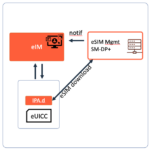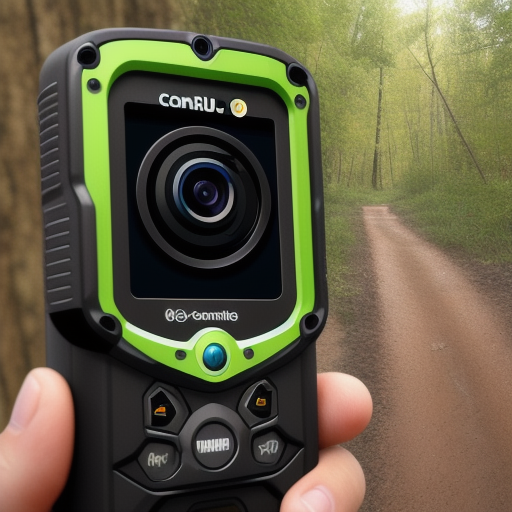
Deploying IoT Connected Fleet Management solutions
March 28, 2023
When is the right time to jump into the new eSIM for IoT SGP.32 Specification?
April 18, 2023Cellular Connected Trail and Hunting Cameras
Trail and hunting cameras have become increasingly popular among hunters, outdoor enthusiasts, and wildlife researchers. These cameras are used to monitor wildlife activity, track game movement, and gather important data on rare or endangered species. With the advent of cellular connectivity, trail and hunting cameras have become even more powerful tools for wildlife observation and management. In this article, we will explore the importance of cellular connectivity in trail and hunting cameras and how it affects their performance.
Who are the biggest players?
The biggest market for these cameras is the US with leading brands such as Tactacam, Bushnell, Browning, Moultrie, Stealth Cam, Reconyx, Primos, Wildgame Innovations among many others.
What is cellular connectivity?
Cellular connectivity is a wireless communication technology that allows devices to connect to cellular networks, such as 4G or 5G. This technology enables devices to transmit data through cellular networks, which are managed by cellular service providers. Cellular connectivity is commonly used in mobile phones, tablets, and other portable devices, but it is also increasingly being used in other devices, such as trail and hunting cameras.
How does cellular connectivity work in trail and hunting cameras?
Cellular connectivity in trail and hunting cameras works similarly to a mobile phone. The camera uses a SIM card or an eSIM, which is inserted or downloaded into the camera’s cellular module. The cellular module communicates with nearby cell towers and transmits data to a server. The server then sends the data to the user’s mobile device or computer, which can be accessed through an app or website.
The cellular data plan is usually very customized as trail cams are often used seasonal. Simplex Wireless have developed a special plan just for this specific use-case. When using an eSIM, the camera’s cellular module must be eUICC compatible, either on an MFF2 chip or any of the regular 2/3/4FF standard SIM card formfactors.
What are the benefits of cellular connectivity in trail and hunting cameras?
Cellular connectivity offers several benefits for trail and hunting cameras, including:
- Real-time monitoring: Cellular cameras allow for real-time monitoring of wildlife activity, which is particularly useful for hunters who want to track game movement or researchers who want to monitor rare or endangered species.
- Remote accessibility: Cellular cameras eliminate the need for physical visits to the camera location, which saves time and effort and reduces the risk of disturbing the animals.
- Immediate notifications: Cellular cameras can send immediate notifications of events, such as motion detection or animal activity, which allows for quick response and data gathering.
- Multiple camera monitoring: Cellular cameras allow for remote monitoring of multiple camera locations, which saves time and effort compared to checking each camera in person.
- Improved data collection: Cellular cameras provide a continuous stream of data, which improves data collection and analysis for researchers and wildlife managers.
What are the limitations of cellular connectivity in trail and hunting cameras?
While cellular connectivity offers several benefits, there are also some limitations to consider. These include:
- Dependence on cellular coverage: Cellular cameras rely on cellular coverage, which can be limited in some areas. This can affect the camera’s performance and data transmission. With the Simplex Wireless SIM card, we provide the best possible multi network coverage at all times.
- Battery life: Cellular connectivity requires more power than non-cellular cameras, which can reduce battery life and require more frequent battery changes.
- Security: Cellular cameras may be vulnerable to hacking and data breaches, which can compromise sensitive data. Simplex privacy security service is therefore the perfect fit for these installations.
- Technical issues: Cellular cameras can experience technical issues, such as connectivity problems, software glitches, or hardware malfunctions, which can affect their performance and reliability.
Conclusion
Cellular connectivity has revolutionized the way we use trail and hunting cameras for wildlife observation and management. With real-time monitoring, remote accessibility, and improved data collection, cellular cameras offer numerous benefits for hunters, outdoor enthusiasts, and wildlife researchers. However, there are also limitations to consider, such as dependence on cellular coverage, security, and technical features.
By carefully weighing these factors, users can select a camera that meets their needs and preferences and provides reliable and effective performance in the field.
Simplex Wireless are proud to work and support this growing industry and be part of its development toward a fully connected future.
Oscar Falkman, COO, Simplex Wireless






